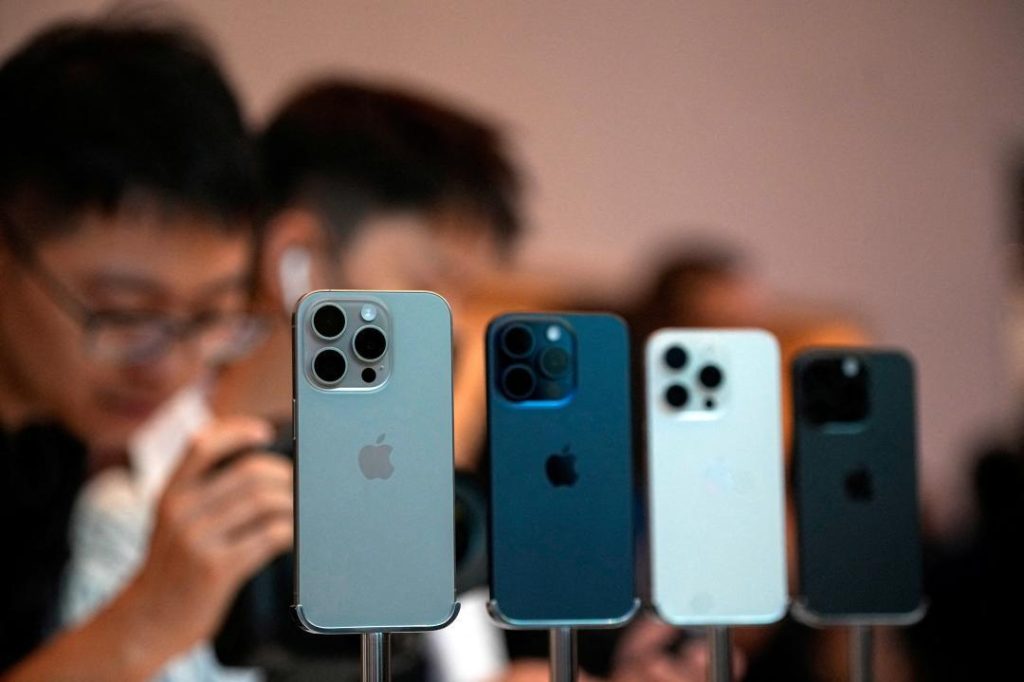
How Much Does it Cost to Make an iPhone? And How May it Change Due to US Tariffs?
The latest iPhone 16 Pro, with its sleek design and advanced features, is a marvel of modern technology. But have you ever wondered what goes into making this iconic device? Apple’s manufacturing process is a complex and secretive affair, but thanks to some digging, we can get an idea of the cost involved in making an iPhone. In this blog post, we’ll explore the breakdown of the costs and how the ongoing trade tensions between the US and China may impact the final price of the iPhone.
According to a report by Moneycontrol, Apple spends around $580 (over ₹50,000) to make a 256GB iPhone 16 Pro. This cost includes a variety of components, such as the A18 Pro chip, rear camera systems, and display. Let’s break down the costs to get a better understanding of where your money is going:
- The A18 Pro chip: $90.85
- Rear camera systems: $126.95
- Display: $37.97
- Other components: $325.23
These costs add up to a total of $580, which is the approximate cost of manufacturing a single iPhone 16 Pro. But what about the tariffs imposed by the US government on Chinese goods? How will this impact the final cost of the iPhone?
The Impact of US Tariffs
As you may know, the US government has imposed tariffs on a wide range of Chinese goods, including technology components used in the manufacturing of iPhones. The tariffs, which range from 10% to 25%, are intended to pressure China into making concessions on trade issues. But for Apple, this means that the cost of manufacturing an iPhone just got a whole lot more expensive.
Since many iPhones are assembled in China, the 54% tariffs imposed by the US would apply to the entire manufacturing cost of the iPhone. This would raise the manufacturing cost to about $847 (around ₹73,400). This is a significant increase, and it’s likely that Apple will pass on some or all of these costs to consumers.
What Does This Mean for Consumers?
So, what does this mean for iPhone enthusiasts? Well, if Apple does decide to pass on the increased costs to consumers, you can expect the price of the iPhone to rise. This could be a significant blow to Apple’s sales, especially in a competitive market where rival brands like Samsung are offering similar features at lower prices.
But it’s not all bad news. Apple has a history of absorbing some of the costs of tariffs and other trade-related issues. In the past, the company has managed to maintain its profit margins despite increased costs, and it’s likely that they will do the same this time around.
Conclusion
The cost of making an iPhone is a complex and secretive affair, but it’s clear that the ongoing trade tensions between the US and China are having a significant impact on the final price of the device. While Apple may choose to absorb some of the costs, it’s likely that consumers will see an increase in the price of the iPhone.
As the situation continues to unfold, it will be interesting to see how Apple responds to the increased costs. Will they pass on the costs to consumers, or will they find ways to absorb them? Only time will tell, but one thing is certain – the ongoing trade tensions between the US and China are having a significant impact on the tech industry, and it’s likely that we’ll see more changes in the coming months.
Source:






